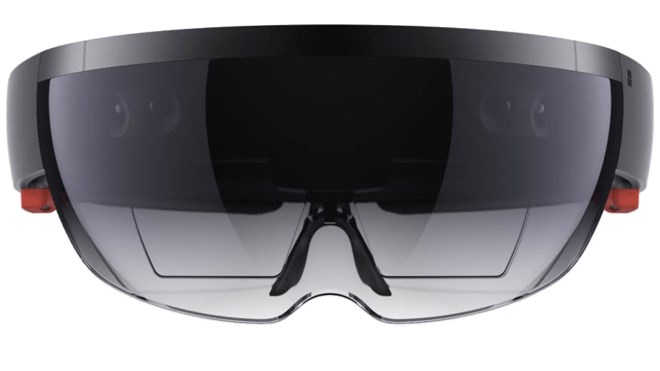On July 18, 2016, Pokémon GO officially released in Canada. Those of us in the Great White North could finally hunt down the original 151 pocket monsters in the real world, growing our collections and comparing with friends.
The free app took off almost immediately, even with little to no marketing. Everyone and their dog was playing — and still is — Pokémon GO.
It isn’t hard to see why the game is popular. It mixes the adventure and unpredictability of geocaching with the nostalgia and bright colours of the Pokémon series. Catching critters in the wild is intuitive and fun, getting more people outside and wandering the streets in the hopes of finding a rare new creature.
What draws people in the most are the Augmented Reality features. While seeing a Pokémon pop up on your street as you walk home is cool in itself, seeing it appear in the real world brings to life (kind of) the dreams of countless Pokémon fans.
But there is another level of immersion that comes with this — it has introduced millions of people to AR (Augmented Reality) when the technology wasn’t on most people’s radars a couple of months ago. It’s been around for several years now, and Pokémon is surely just the tip of the iceberg, but where will AR go from here?
The most likely answer is games that take the core idea of Pokémon GO and apply it to another intellectual property. Not a fan of trapping magical creatures in balls and pitting them against each other in elemental battles? What if instead, you could hunt down ships from Star Wars, or magical creatures from the Harry Potter series? The base gameplay has already been created, now it’s just a matter of how other developers leverage it.
But what is the future beyond this? The Nintendo 3DS had some basic AR at the system’s launch. You would look through the 3DS’ built-in camera and see mechanical balloons with your face on them floating in the environment. You could then twist and turn the handheld to aim and shoot down the bulbous representations of your own mug. It was a fun experiment, but lacked depth.
Another 3DS AR experiment actually features Pokémon. It functioned very similarly to the previous game I mentioned, but instead of shooting at deformed balloons you would manipulate the system to track down and capture a Pokémon using an energy beam, almost like a Pokémon catching Ghostbuster.
Once again, it lacked any real depth, making it a chore to play. And while Pokémon GO is certainly an expansion and evolution of the technology, it still is far from a seamless gameplay experience.
What AR truly does is push digital images out into the real world so you can interact with them on a more direct level. Pokémon GO doesn’t quite do this, but there is a technology on the horizon that better illustrates the power of AR and what it will hopefully be capable of.
The Hololens is in development at Microsoft. It’s similar to a VR headset, to put it simply. But instead of having two screens sit in front of your vision, beaming an image to your eyes, there is a clear-glass screen that projects images onto the space right in front of you.
It sounds a little strange on paper, but let me paint you a picture. At Microsoft’s 2015 E3 conference, a man took the stage wearing the Hololens. The camera setup was designed to allow the audience to see what he was seeing through the headset. He waltzed over to a small wooden table and projected a Minecraft world onto its smooth surface.
In an instant, there was a cavalcade of blocky structures floating about the table. Not only could he see the game in front of him, he could manipulate it with his hands, zooming in and interacting with the virtual world. He wasn’t just interacting with a virtual object, but rather interacting with a virtual object in a real space.
This is the true potential of AR. It won’t be available to the average consumer at a reasonable price anytime soon, but we know what the future holds. For now, we’ll have to be content with simple games that supplant images on top of the real world through the cameras in our phones.
It’s hard to predict if there will be a half step between catching digital creatures on our phones and manipulating entire worlds with our fingertips, but this could present itself as games that use AR in ways to simply provide extra spectacle.
It’s a technology that is only improving. A couple of weeks ago many of us couldn’t fathom looking through the camera of our phones and seeing a Pikachu sitting in a patch of grass. But now many of us walk around with our heads tilted down, phone outstretched, and eyes constantly scanning our small screens to find small digital creatures that will sit on our phones forever, blinking up at us.
It is certainly a strange way to interact with digital properties, but the possibilities of AR are far more enticing that Virtual reality. We’ll just have to wait and see what the technology has in store for us.
Matthew Herst is a Carleton University communications student, video game journalist and Sudbury.com’s resident geek writer. Yeah, this guy love’s video games. Besides Sudbury.com, you can also find his work on TheNerdStash.com. Follow him on Twitter @supergurst.
